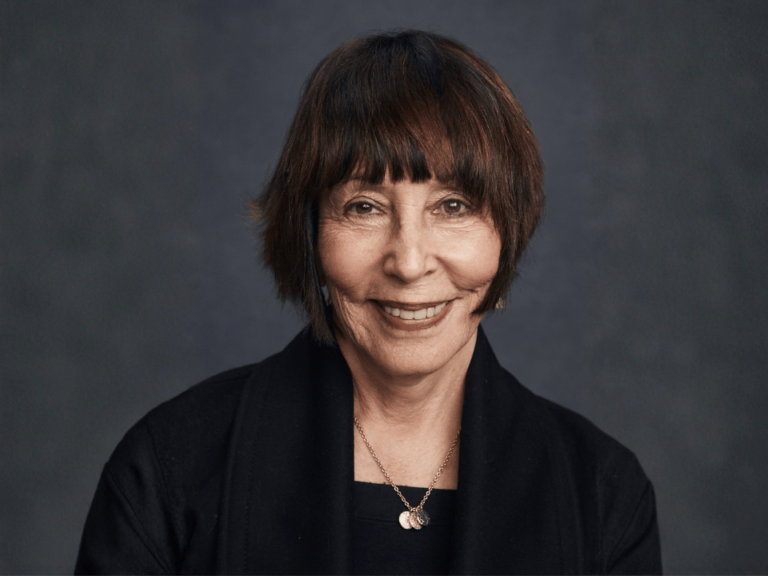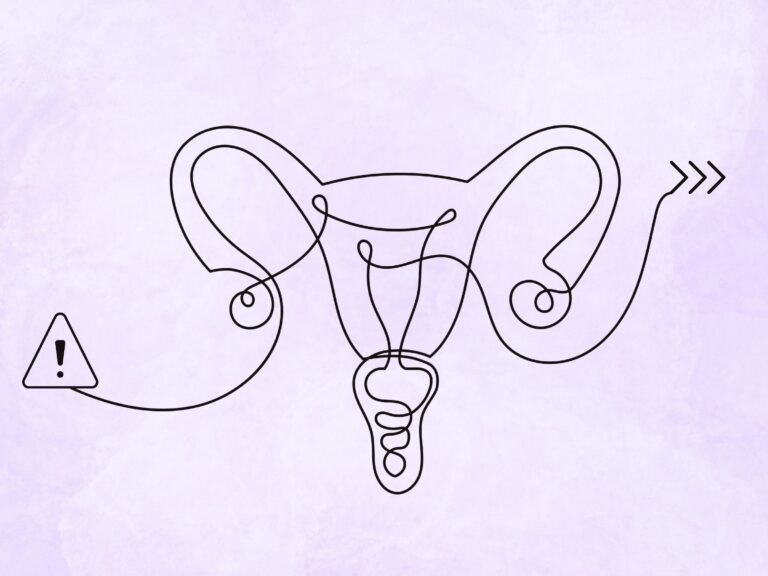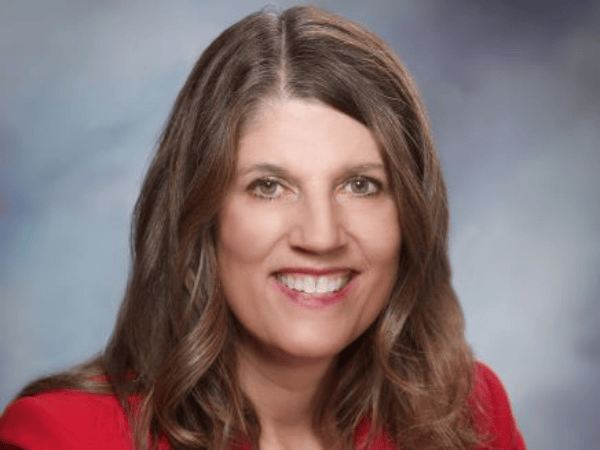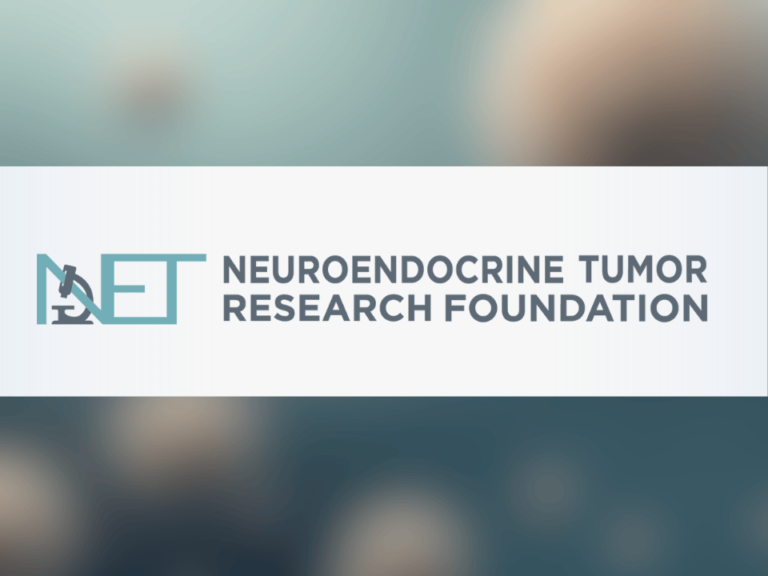Scientists at the Arthur G. James Cancer Hospital and Richard J. Solove Research Institute of The Ohio State University Comprehensive Cancer Center are studying tissues collected within hours of death to gather clues as to why certain cancers are able to spread and evolve.
To access this subscriber-only content please log in or subscribe.
If your institution has a site license, log in with IP-login or register for a sponsored account.*
*Not all site licenses are enrolled in sponsored accounts.
Login Subscribe
If your institution has a site license, log in with IP-login or register for a sponsored account.*
*Not all site licenses are enrolled in sponsored accounts.
Login Subscribe











